How to buy a washer dryer or tumble dryer: all you need to know about clothes dryers in one steamy story
Condenser, vented or heat pump? Which type of washer dryer or tumble dryer is the one for you?

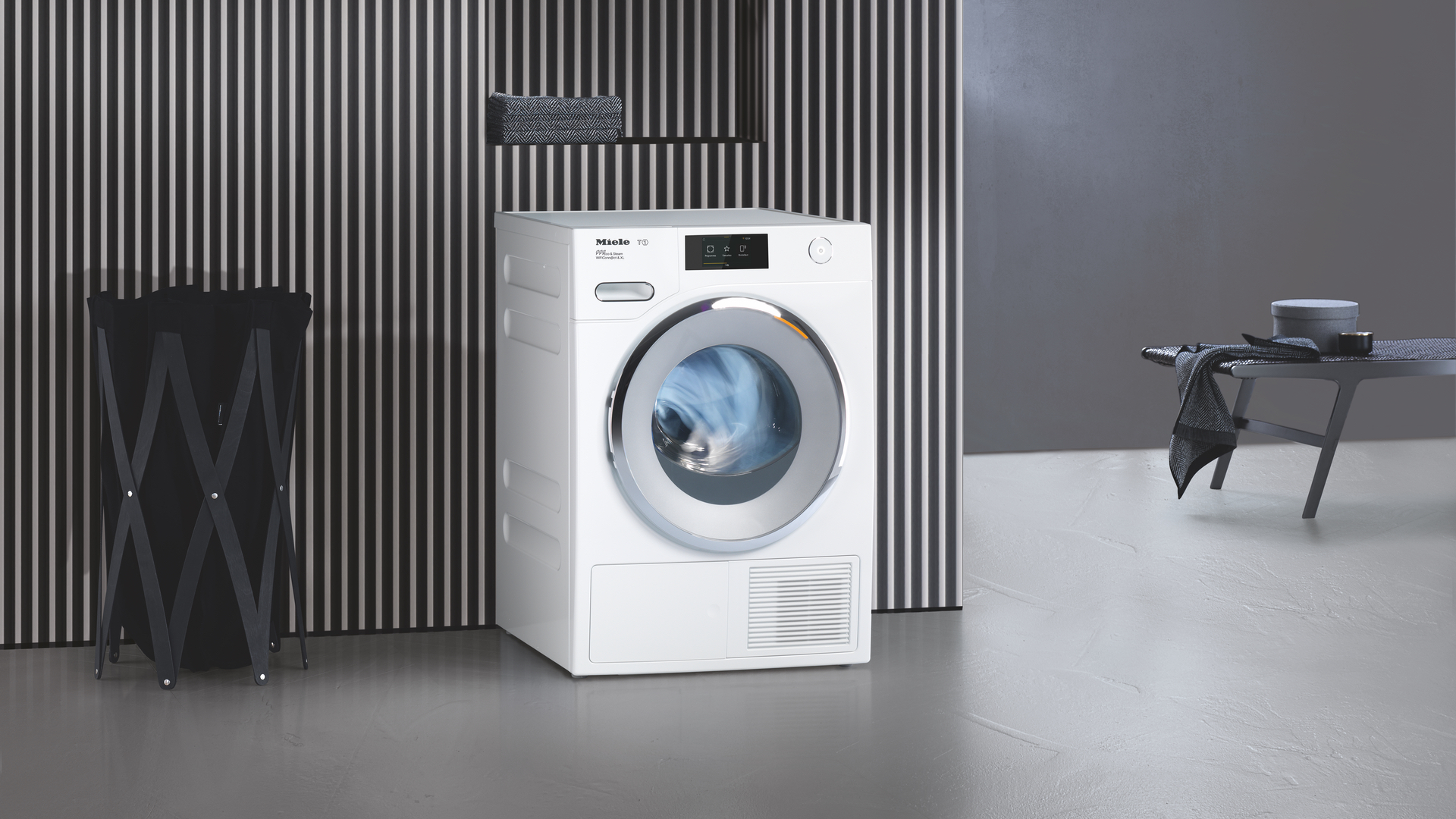
The humble tumble dryer – or its hybrid cousin, the washer dryer – follows the dishwasher and washing machine as one of three handiest household appliances ever invented. Without one our soaking wet laundry would take ages to dry. Yes, you can dry laundry on a washing line outside or even hang it over the bath, but a tumble dryer does it best – and by quite a margin.
Outdoor drying is perfect for bedding like sheets and duvets which benefit from a bit of stiffness brought about by nature’s drying method. However, outdoor drying is not so great for T-shirts, jeans and other heavy materials, unless you fancy spending half an hour trying to press out the inevitable creases that outdoor drying creates.
Indoor drying is the least productive method since a) it takes ages for the laundry to dry, b) all that sopping wet clothing makes the bathroom damp which in turn leads to mildew problems down the line, c) the clothing will be stiff as a board.
A tumble dryer, on the other hand, gently turns the clothing continuously while it’s being bathed in a warm breezy waft. The finished result is crease-free clothing that feels soft to the touch and is easily ironed.
If you’re looking for a suitable tumble dryer for your abode, hop over to our carefully curated best tumble dryer page and take a gander. Those with less space should also consider perusing the best washer dryer list.
But if you wish to arm yourself with some extra knowledge before diving into a purchase, read our handy guide below and learn more about which variety is best for you.
What size drum should you buy?
It makes sense to go for a tumble dryer drum that’s at least the same size as your washing machine’s. In general, a 7kg drum is good for soloists and couples and 8kg (the most common size) is big enough for most families of four. However, if you’re always cleaning and drying your kids’ rugby kit then a 10kg drum model may be the way to go. Thankfully, the exterior carcasses of most tumble dryers have very similar dimensions no matter what size drum you opt for (usually 65cm in width) so you may be able to fit the majority of models in the same sized space.
Get all the latest news, reviews, deals and buying guides on gorgeous tech, home and active products from the T3 experts
Condenser dryers
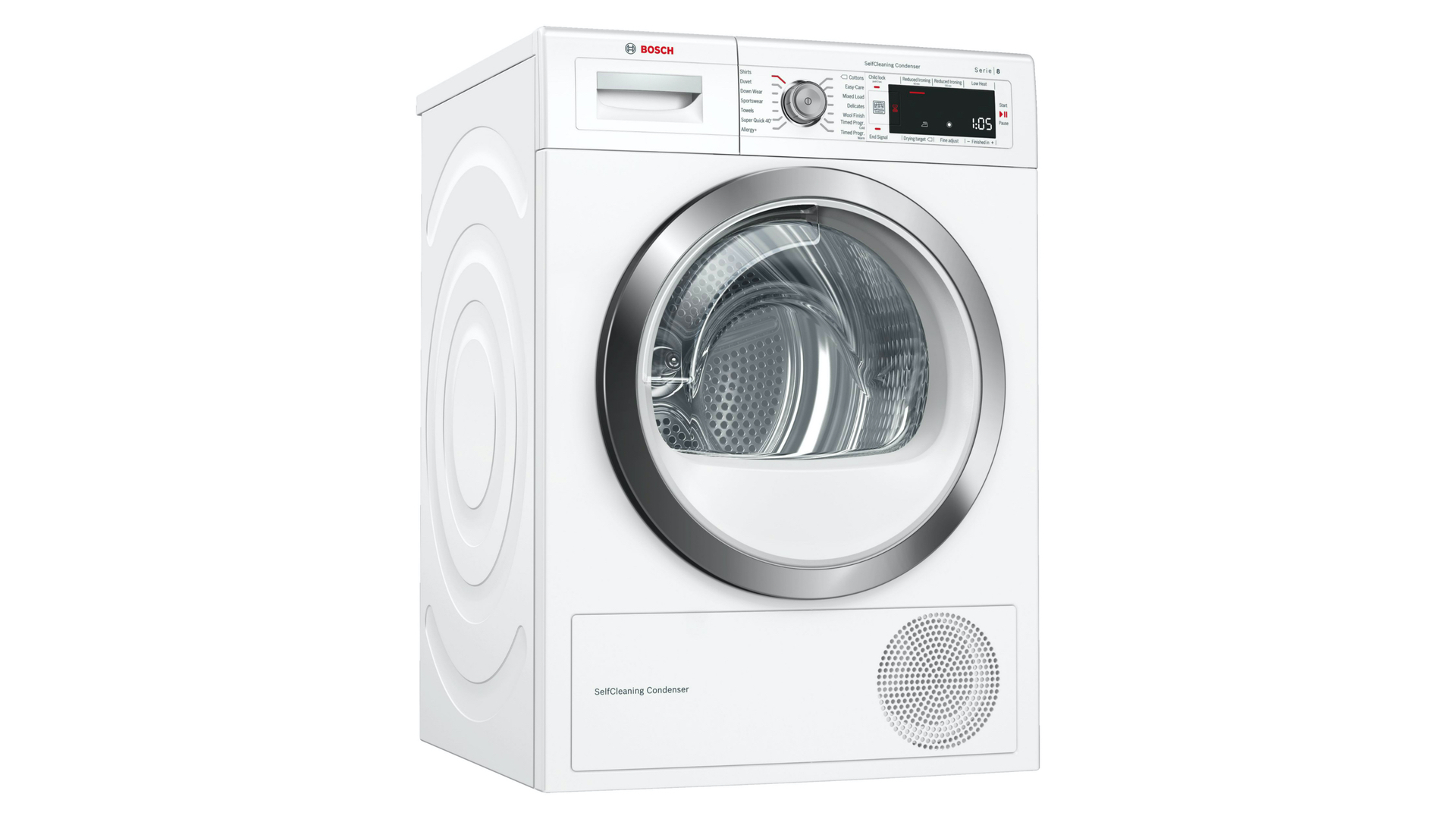
A typical mid-priced Bosch condenser dryer
Condenser dryers are the most popular and the easiest to install. They work by condensing the moisture collected during the hot air drying process and porting it as water to a removable container that requires regular emptying, usually after drying a heavy load. If you don’t like the thought of having to remember to empty a water container every so often, perhaps plump for a model that’s also equipped with a drain outlet and hose.
Some condenser dryers can be a wee bit steamy, so it would be advisable to have a window open while it tumbles its tumbling thing. Or, if matters become more critical, invest in a dehumidifier, which will draw moisture out of the air. Incidentally, some higher-end dehumidifiers are also capable of drying small qualities of hanging laundry, but that’s another story.
Vented dryers
Vented machines are cheaper to buy and use the same hot-air drying process. However, instead of condensing the moisture and porting it to a collection tank, it's pumped directly out into the open air via either a wall outlet positioned precisely for that task (in newer builds) or via what can only be described as a dirty great hole drilled into the outside wall, for older domiciles.
Obviously, this system requires professional installation and a particular location area near an electricity outlet. However, it does have one major plus: you will never have to empty a water tank.
Heat pump dryers
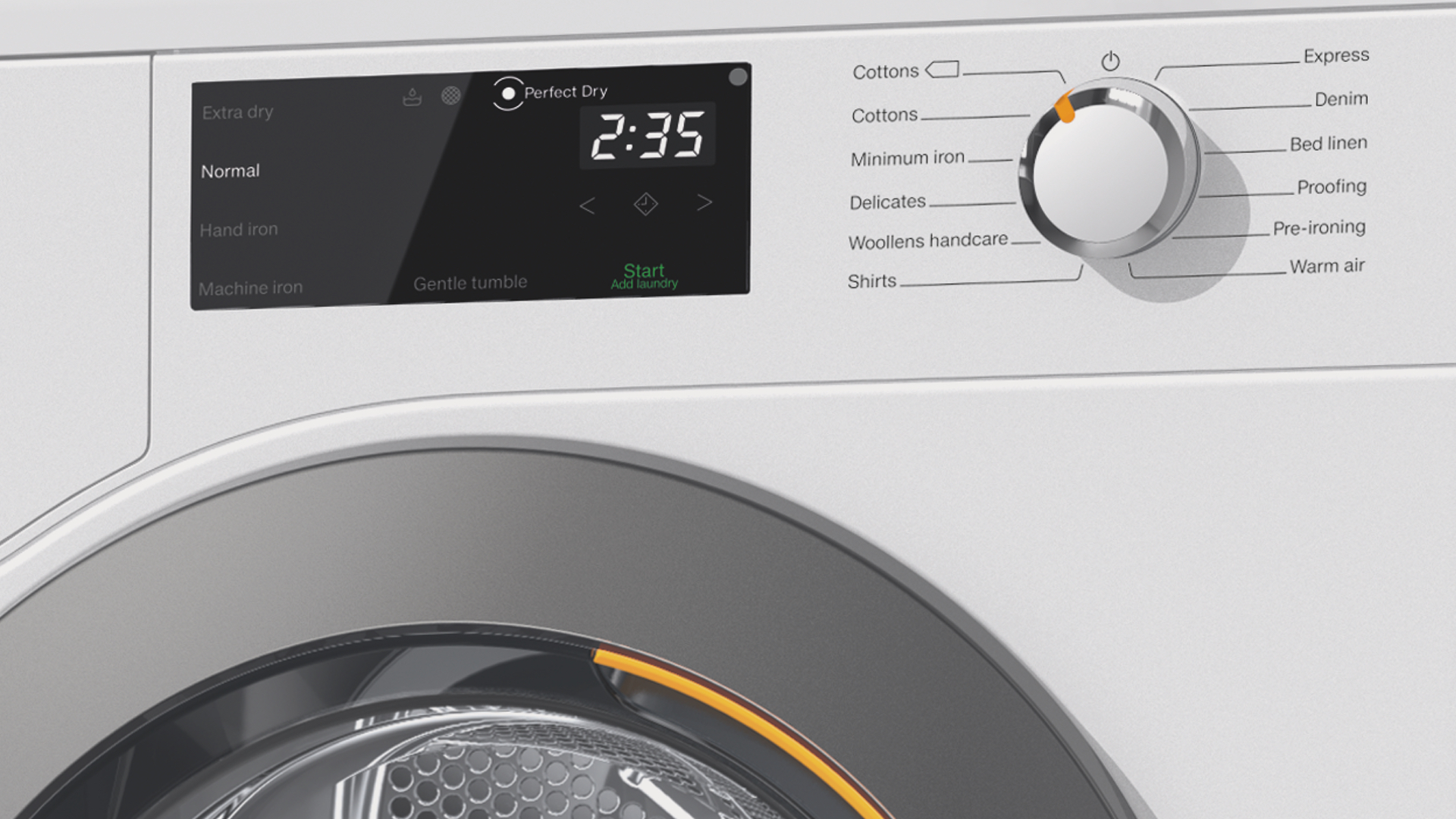
Miele's easy-interface TCF 640 heat pump tumbler
Nowadays, those seeking the cutting-edge of tumbler tech should look for a heat pump machine. These re-circulate the warm air, saving energy and hence cost. Which is just as well, as you'll need to save up to buy one.
Heat pump models do tend to take longer than standard condenser machines to dry clothes fully so bear that in mind if you’re always in a hurry. Also, like any condensing model, you will need to empty a water tank from time to time.
Drying programs
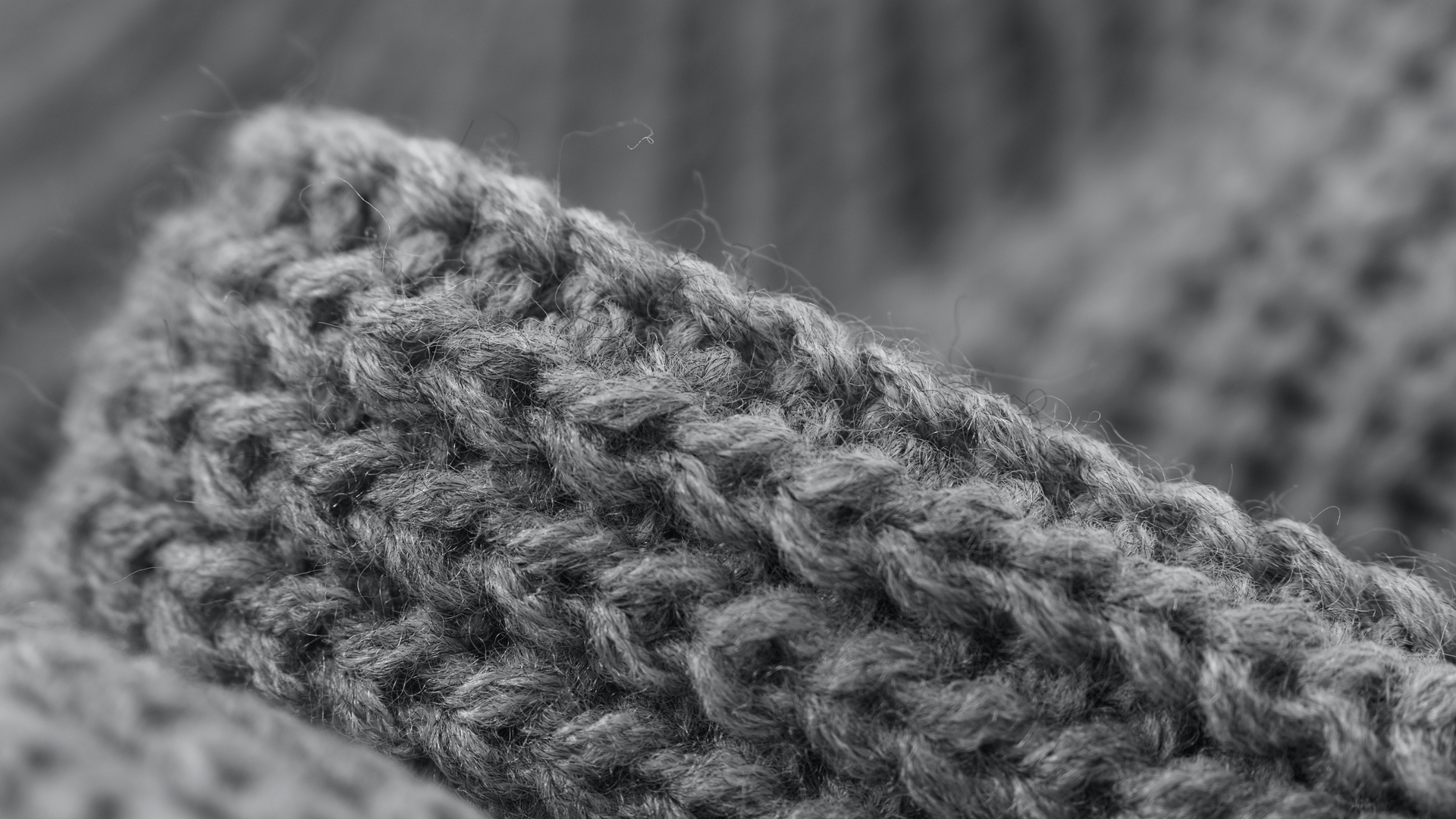
Some higher-end tumble dryers are equipped with digital touch control panels – others are composed of just a simple turn dial with self-evident drying cycles. Setting your preferred drying program is very easy but be sure to read the respective piece of clothing’s washing instruction label first, and follow any warnings to a T.
Wool and cashmere items are best dried naturally by resting them on a towel draped over the edge of the bath or shower screen, or even a radiator. If a cashmere jumper sneaks its way into the pile – even when on a lower-heat ‘cupboard dry’ setting – chances are it will shrink to the size of your daughter’s Barbie doll. That said, many of today’s higher quality dryers have wool-specific programs that treat even the most delicate fabrics with the utmost care. But just to drum the message home – read the fabric’s wash and dry instructions first!
Integrated dryers
Integrated (or built in) tumble dryers are few and far between. In fact, only cheaper brands like Hoover and Candy seem to produce them. That said, your kitchen cabinets may well be deep and tall enough to accommodate some freestanding models; we do know that Miele produces at least nine models that are capable of being ‘built under’ the counter.
Tumble Dryer Energy efficiency ratings
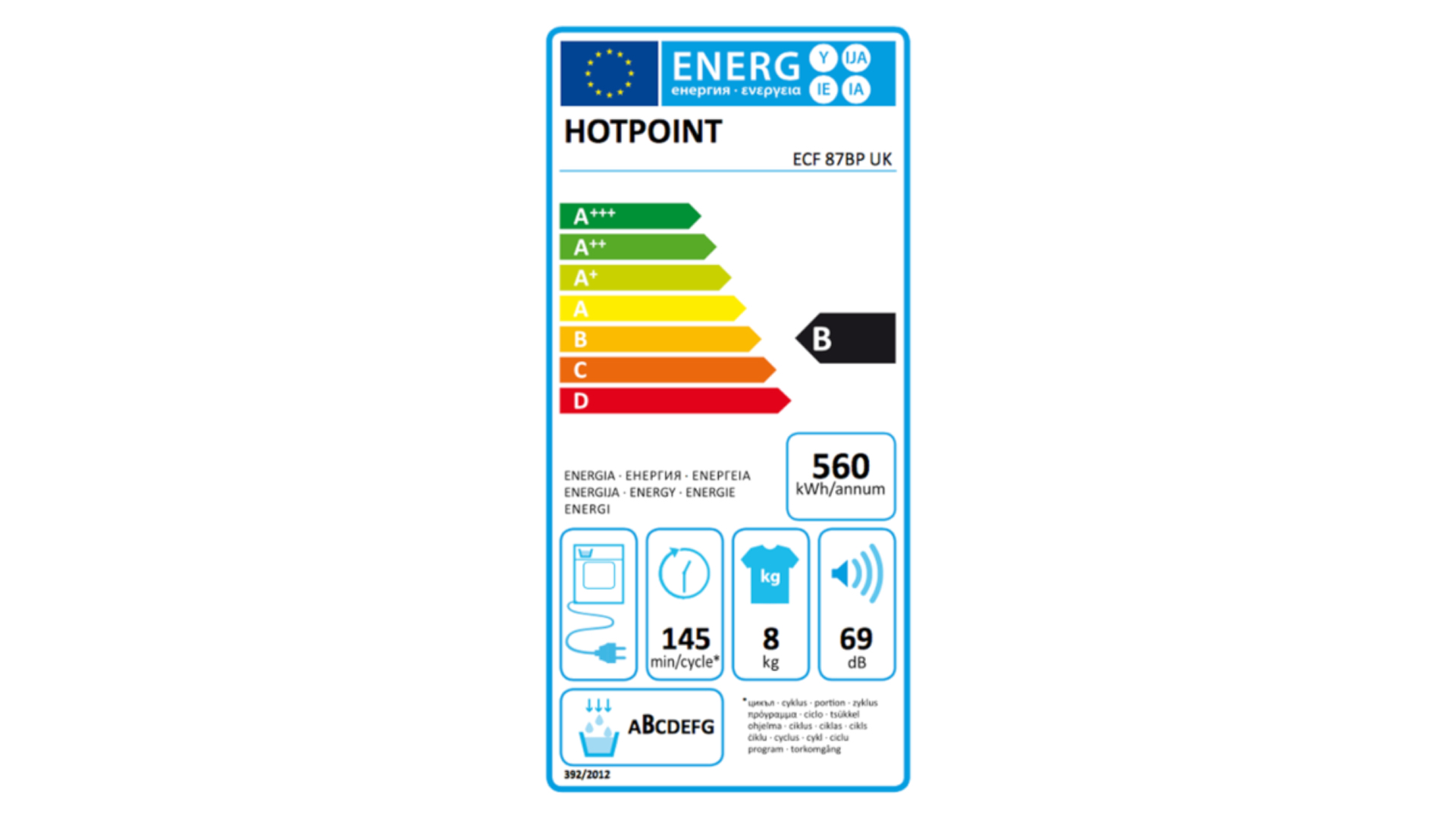
All modern tumble dryers are required to have an EU energy efficiency certificate so buyers can be made aware of the basic annual costs of running the machine. Anything with an A+++ rating is the most energy efficient (indeed the majority of modern mid-priced tumblers) and therefore the cheapest to run in the long term. Conversely, a machine with a single A rating is less energy efficient and likely to use a bit more electricity.
Some tumble dryers are rated even lower and usually cost less to buy. However, a lower rating shouldn’t put you off if you’re unlikely to use the tumble dryer on a regular basis. For instance, you could dispense with using it on warm summer days and hang the washing out to dry instead.
Final words
It's important to clear the lint filters of tumble dryers, but the most important thing when buying a tumble dryer is to check online lists of product recalls.
That's because certain models over the last decade have proven to have a tendency to burst into flames. None of those are still on sale, of course, and we'd like to hope that brands have now put their houses in order in terms of newer machines, but it's worth keeping abreast of, for very obvious reasons.
Derek (aka Delbert, Delvis, Delphinium, Delboy etc) specialises in home and outdoor wares, from coffee machines, white appliances and vacs to drones, garden gear and BBQs. He has been writing for more years than anyone can remember, starting at the legendary Time Out magazine – the original, London version – on a typewriter! He now writes for T3 between playing drums with his bandmates in Red Box (redboxmusic).
